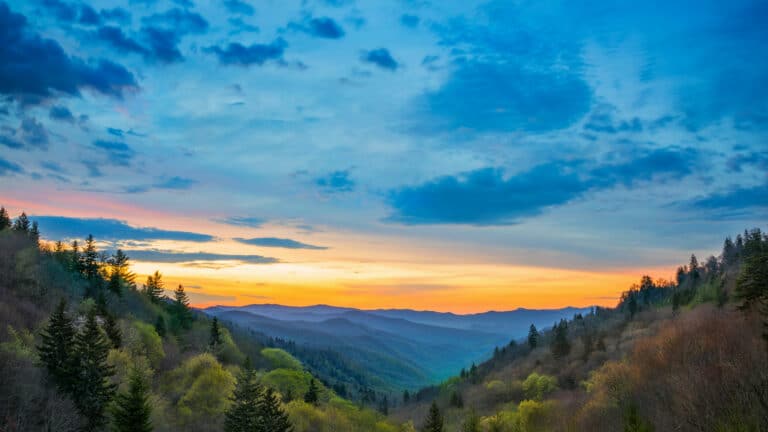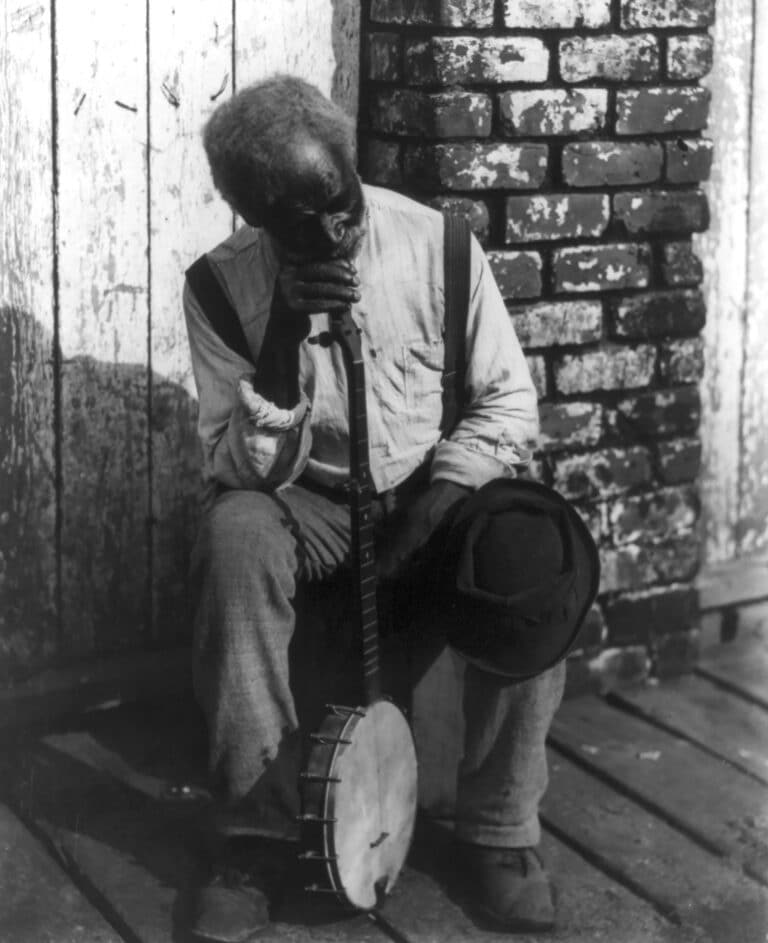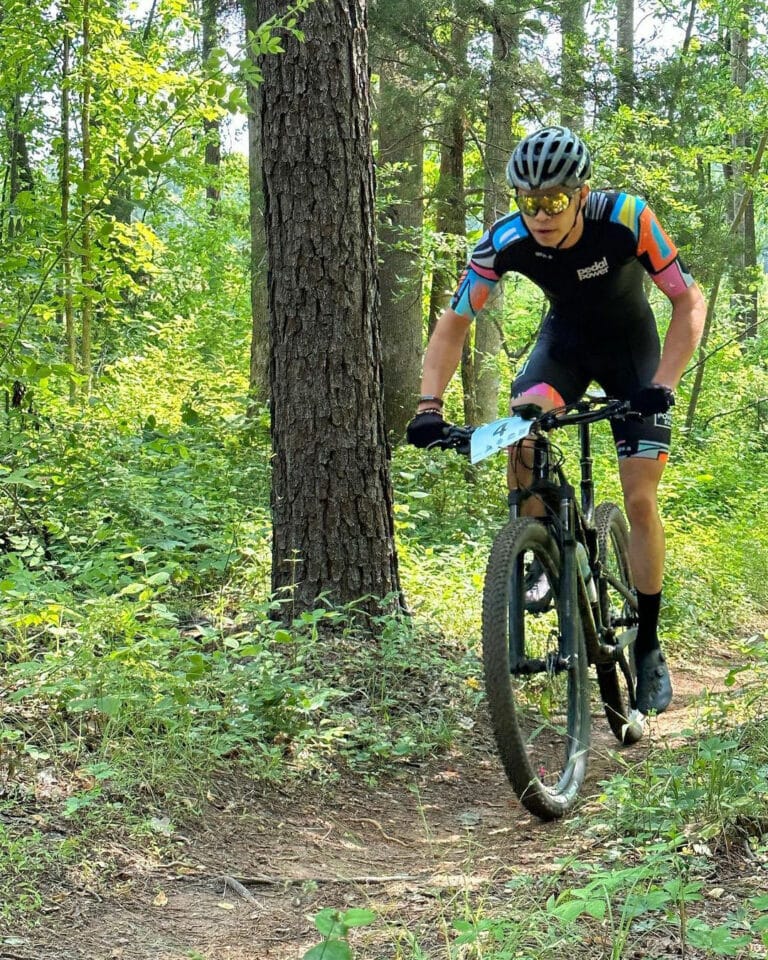Tree climbing gains foothold among adults
Tree climbing? But isn’t that for kids? Once you reach the canopy, you understand. The world gets quiet, and the rustle of leaves drowns out any clamor below. “It’s a very Zen experience,” says Bob Wray, a veteran tree climbing guide.
“Tree climbing is addictive,” he says. Wray is also an outdoors polymath, enjoying kayaking, scuba diving, target shooting, and even rock climbing, for a while. “But you have to drive to the rocks. Then you have to wait in line,” Wray explains. “Trees are everywhere.” Having climbed trees as a child, Wray rediscovered the sport a decade ago. Four years later, he retired to teach tree climbing full-time. He’s developed his own climbing method, Wray’s Way, and instructs climbers to wear a harness, helmet, and use a series of knots as they hoist themselves skyward.

Wray’s property along the Blue Ridge Parkway in Meadows of Dan, Va., is filled with tulip poplars and oaks, two of his favorite trees to climb. “I’m not a fan of the white pine, because they’re sappy,” says Wray. “But a lot of people climb them.” While he says that climbing the redwoods in northern California is “a religious experience,” Wray prefers the technical challenge of East Coast trees. “I have a lot of rhododendrons on my property, and they force trees to lean,” he explains. He’s also named a few of his favorite trees: Big Earl, the Devil’s Pitchfork, and the Hobbit Tree.
Wray teaches a maximum of two students at a time at his property and, more recently, at the Primland Resort in Meadows of Dan. He also opens his land to experienced climbers and hosts annual climb-in events for friends, which have become the widely celebrated gatherings. Wray prefers to teach in summer, because the canopy provides a cozy feeling for those with a fear of heights. However, he loves the views winter trees provide. “A lot of my great views are diminished in the summer. In the winter, you can really see a long way.”
“If you sweat, you’re doing it wrong,” says Wray. He tosses a weighted throwline over one branch, and uses it to pull his climbing rope into position. A six-inch curl of leather cambium protects the rope and the tree as the rope is secured around a branch. Climbers wear regular hiking boots and long pants and sleeves are recommended. You wrap one end of rope around your instep and coordinate pushing your leg down while sliding the slack through a knot, putting yourself in the middle of this pulley system. The knots are key. It takes a while to get coordinated, and at first progress goes slowly, inch by inch. Then, all of a sudden, you’re up there. The weight of the world disappears. You wonder if you should just spend the night. Wray often does, on a sleeping platform he’s rigged up.
Wray blames our litigious society for keeping 21st century kids from climbing. “It seems like it’s typical for kids these days to stay indoors,” he laments. “But I think kids do still climb,” he says. He recently taught 10 and 12 year old siblings, and he’s insured to instruct children as young as eight.
One of Wray’s favorite aspects of tree climbing is that it’s about fun, not competition. “Arborists and other tree professionals compete heavily. It’s a big deal for them and can bring in a lot of money. But I’m proud to say we don’t compete. We just play.”







